Word count: 0 Step count: 16,958
For the first day or so after we arrived in Prague, I felt as though we had entered another country (probably Poland) and that we needed to use a different language or change money or something. But no, it’s still the Czech Republic. Though I still speak very little Czech, I can say yes, no, please, thank you, and hello, and I’m beginning to recognize many common words like danger, exit, menu, and potato. And, as is typical for me, my accent is much better than my vocabulary or comprehension. It really makes me cringe when I hear American voices right now, especially when they attempt to speak Czech.
Kate woke up way early this morning, so when I woke up she was rarin’ to go. After a quick hotel breakfast, we headed out to Prague Castle early so as to beat the crowds. Today is a holiday here, celebrating the liberation of Czechoslovakia from the Nazis, and we expected that would bring out the Czechs in droves, never mind the usual mobs of tourists.
Prague Castle is the castle that all those other castles we’ve visited so far were just training for. Imagine if Buckingham Palace also included Westminster Cathedral, Number Ten Downing Street, and Parliament, plus several other churches and administrative buildings. It’s an ancient fortress, the site of the holiest relics of Czech Christianity, and the current seat of government (though Vaclav Havel refused to live there when he was president). There are numerous museums, a couple of significant art galleries, and tons of restaurants and shops on the castle grounds, and four tram stops along its length. You might think it’s a long way down to the corner to get a packet of crisps, but that’s just peanuts to Prague Castle.
I’m glad we had those other castles and churches to warm up; they gave us the background and context of Christian and Czech history we needed to understand what we were seeing. We knew who Wenceslas was, both as a monarch and as a saint, and also have learned to recognize St. John of Nepomuk, who was thrown off a bridge in Prague and hence has a statue on just about every bridge in the country. St. Wenceslas’s remains are in St. Vitus’ Cathedral at the heart of the castle, as are St. John’s (in perhaps the gaudiest tomb I have ever seen). We understood why the enormous tiled stove in the Old Diet Chamber had no visible door for adding fuel (stoves in palaces are stoked by servants moving between the walls of the rooms) and who the Rozemberks and the Habsburgs were. We sought out and found the window from which the victims of the Second Defenestration of Prague were flung (a fall they survived, thanks to either the Hand of God or a fortuituously-placed pile of manure, depending on who you listen to).
But there is plenty of unique stuff here as well. We saw burial garments — actual clothes from the 14th century! — and King Ottokar’s scepter (which will make the heart of any reader of Tintin go pitter-pat), and a bookcase of land records from way, way back, and a creepy statue of Vanity (a rotting, skeletal figure in green stone, being eaten up by snakes and lizards) and a grand staircase with very wide steps which was used by horses entering the grand ballroom for tournaments (the same grand ballroom in which kings were crowned and Czech presidents inaugurated).
There’s more to Prague Castle than any two tourists, no matter how dedicated, can cover, and after seeing the steet of tiny houses — formerly peasants’ residences, now a mix of historical exhibits and souvenir shops, where Kafka lived for a time — we found ourselves at the far end from where we’d come in and decided to declare victory and pull out. After a long walk downhill, we found lunch at Hostinek U 3 Zlathych Trojek (Pub of the Three Golden… well I’m not sure what they were… ampersands, maybe), an unprepossessing establishment offering good solid Czech-style pub grub.
God knows how, but at that point we still had energy, so we hopped a tram to the funicular. This steep little train line runs up the hill to a big park overlooking the city, and was included in our transit passes. There was a line to get on, due to the many locals wanting to picnic or what-have-you in the park on the holiday, but it moved pretty quickly. This is, I believe, the only funicular railroad in the world with a stop in the middle. Each of the three stops was identified by a large sign, just like in the subway, which I’ve never before seen on a funicular (usally it’s pretty obvious whether you’re at the top or the bottom).
At the top of the funicular we found the Petrin Tower, a sort of miniature Eiffel Tower offering even better views of the city than the park itself. I climbed it, leaving Kate to rest her wounded knee on a bench. There was a smashed penny machine on the first level but, sadly, it was out of order. On the way to the top I began to sense a slight but disturbing sway, but the tower’s a hundred and twenty years old and hasn’t fallen once so I pressed on. The top level was crammed with teenagers, but I was able to snap a few photos and retreat without serious incident. Another of the park’s sites, the Mirror Maze, was also supposed to have a penny machine but the admission charge was in the vicinity of fifteen bucks and there didn’t seem to be a gift shop or any other part of the structure that could be accessed without pay. We walked partway down the hill, on a very pleasant tree-lined path, to the midpoint station, and after failing to get onto a couple of standing-room-only trams we finally managed to cram ourselves into one and got to the bottom.
Somehow we were still not too tired to tourist further, so we took another tram to the Charles Bridge, which could be seen from the tower to be heavily touristed but we wanted to know what the fuss was about. It turned out to be a pedestrian-only stone span, featuring many sketch artists, souvenir stands, and statues of saints (and a marker at the exact point where St. John of Nepomuk was martyred) and though there was a crowd it was a pleasant one. At the far end we found the Old Town Bridge Tower, with a great view, a film on the history of the bridge, an upper room with the original timbered ceiling and a small museum of objects of dubious authenticity, and no penny machine (there used to be one, the staff said, but it had broken down and been removed some time ago).
(How do you ask about a penny-smashing machine when there’s no word for it in the phrase book and gestures are ambiguous? You do a Google image search on your smart phone and show the clerk a picture of some smashed pennies. We paid a bunch up front for 8GB of data for our iPhones in Europe — expensive, but not as expensive as paying by the megabyte ad-hoc — and it’s been amazingly useful. A smart phone is a universal translator (Google Translate app and a couple of bilingual dictionary and phrasebook apps), a map of a strange city that’s labeled in English, covers the entire city including the obscure or untouristed bits, and has a blinking you-are-here dot (Google Maps app), a communication device with the rest of your party (we use text messages, much cheaper than voice calls), and an intelligent guide to the local transit systems (most cities have at least one free transit app, which provides routing advice, up-to-the-moment timetables, and often a map to the nearest transit stop) and restaurants (bigger cities have a variety of restaurant guide apps, some in English).)
Okay, now we were pooped. From the bridge we walked a few blocks to a restaurant that looked good in the guidebook but, as so often happens, failed to impress from the sidewalk. But on the way we passed the restaurant Rainer Maria Rilke, which had lots of positive reviews pasted in its window, and decided to stop there. My main dish, a spicy melange of beef, peppers, and mushrooms, was very good, though not as good as some of the meals I’ve had in Europe (which sets the bar pretty darn high); Kate’s trout was not quite so good. But the desserts, honey cake and apple strudel, redeemed the meal. It was probably the most expensive meal we’ve had in the Czech Republic, but at about $75 for the two of us it was not completely out of line and I don’t regret it.
And with that, and a stop at a convenience store on the way home to pick up kleenex and a few other necessities, we finally called it a day.
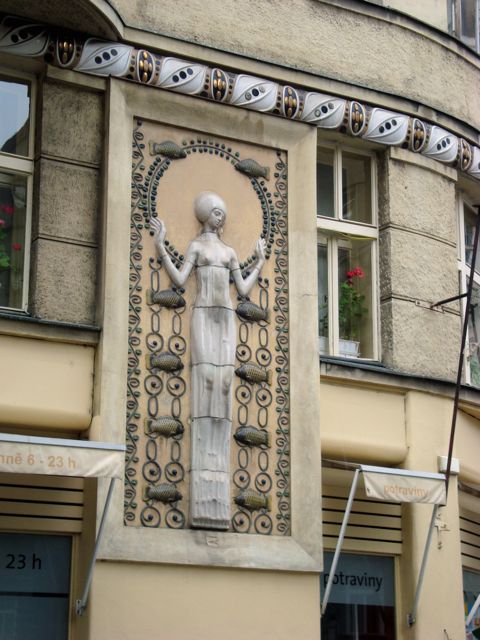
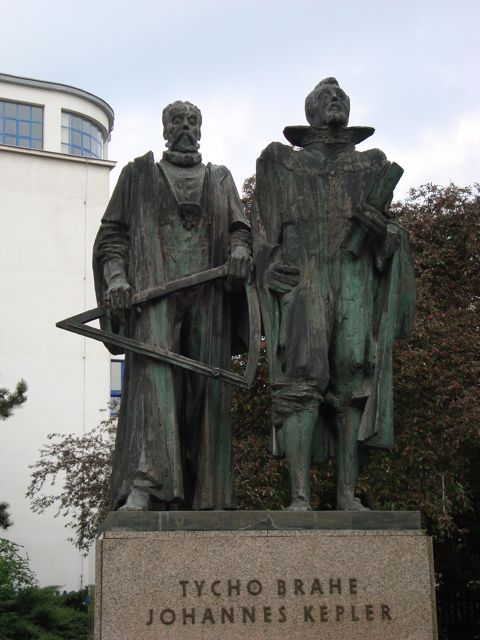
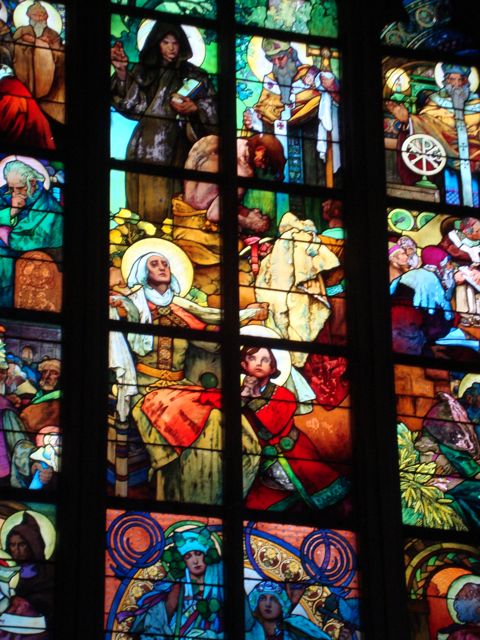
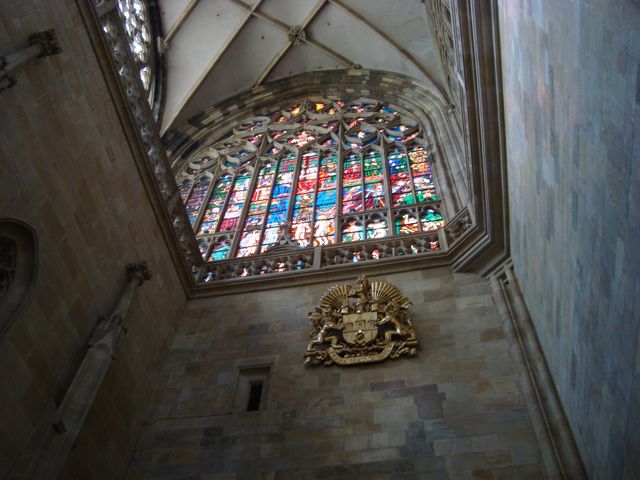
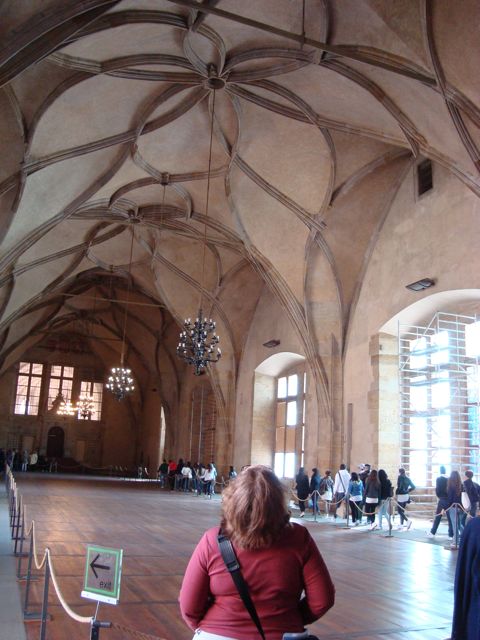
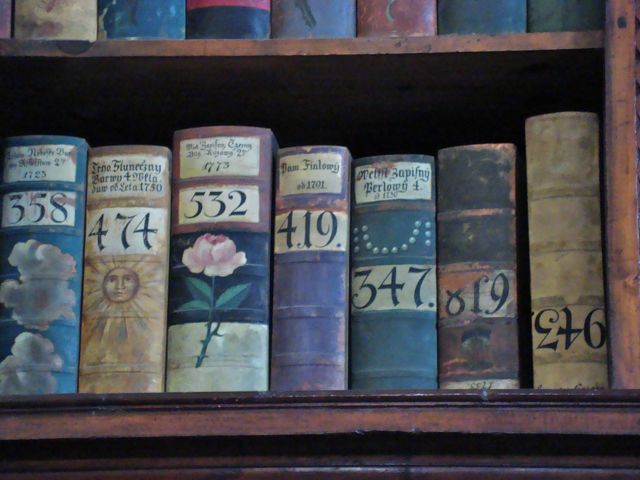
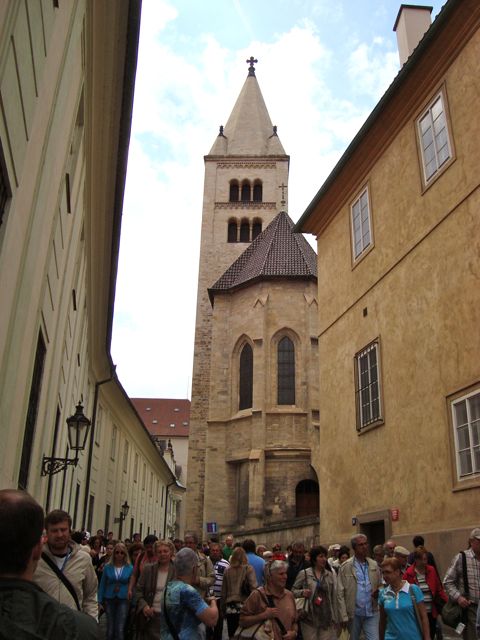
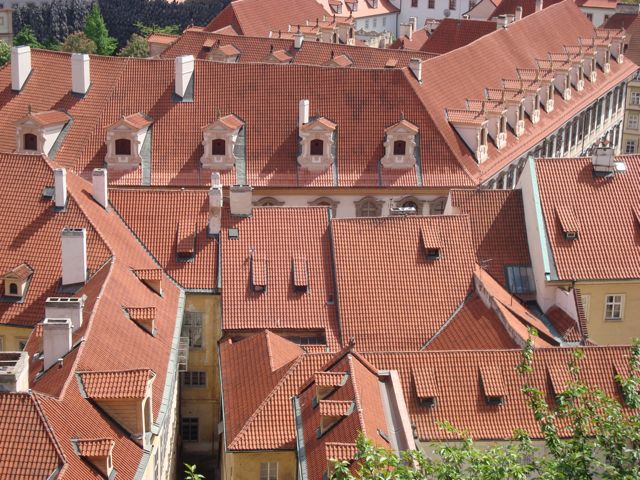
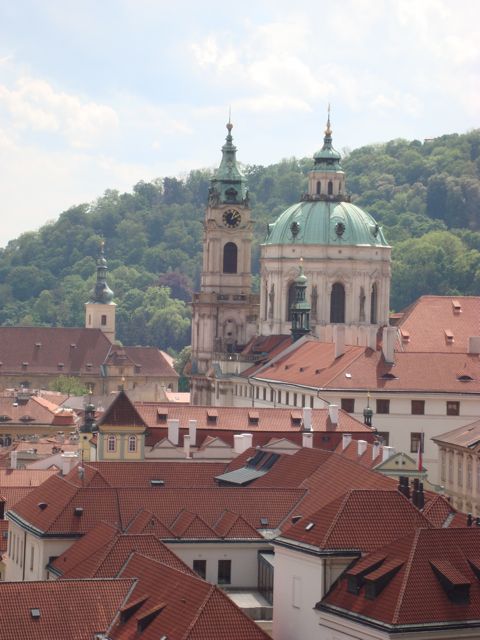
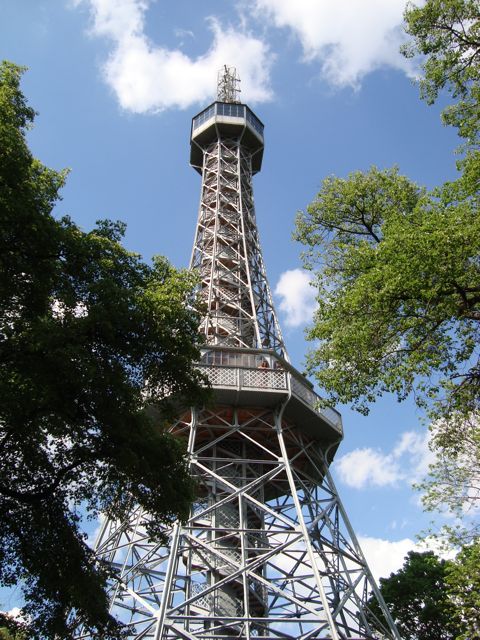
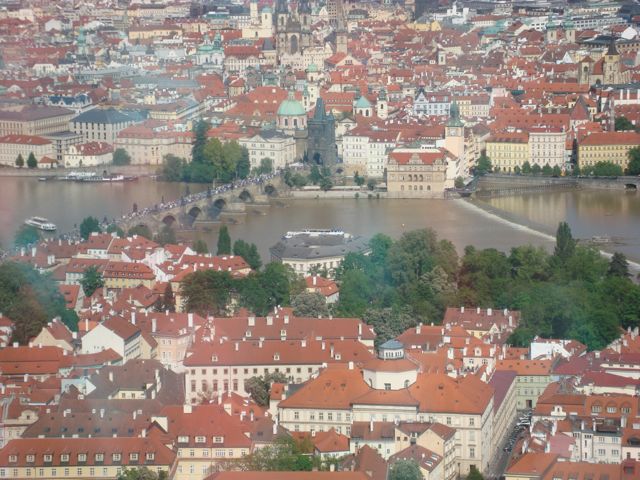
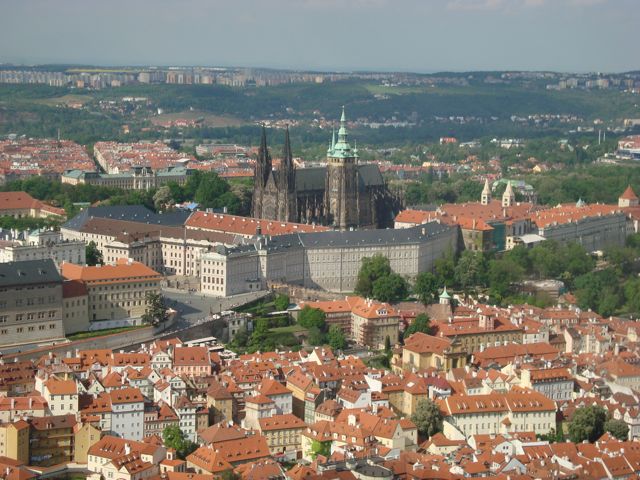
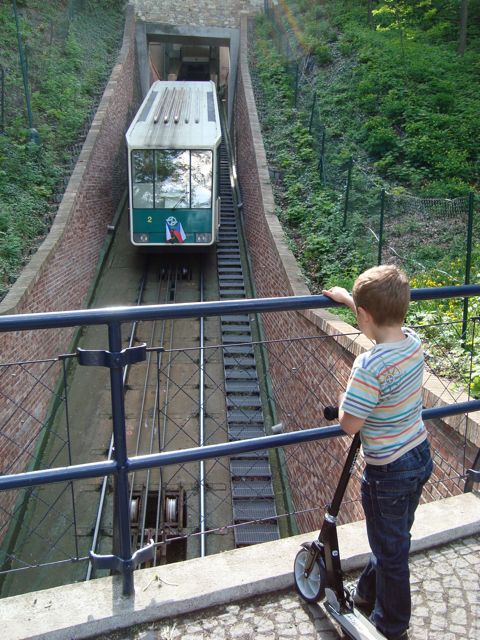
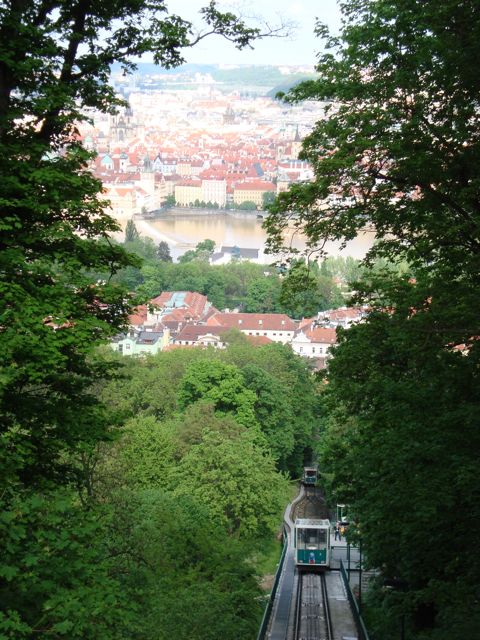
Recent Comments